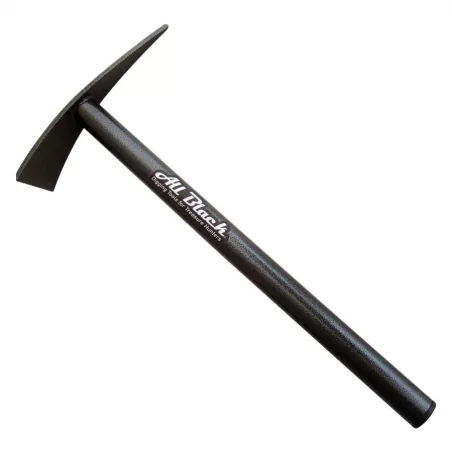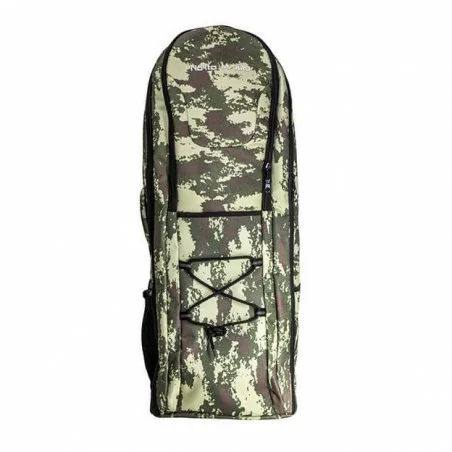The Great War in Alta Valtellina was fought - between the summer of 1914 and the end of 1918 - by Italians and Austrians among the peaks of the Ortles Cevedale, in mountains often above 3,000 meters where living conditions were extreme and the temperature often fell below 30 degrees below zero
They were dangerous places, set on overhangs and crevasses, in trenches carved into the rock and ice, with improbable equipment in prohibitive climatic conditions. Many soldiers, exhausted by the polar cold, died of starvation, more than in battle.
Today, from the Gavia to the Stelvio - thanks to global warming and the progressive melting of the glaciers - there are many itineraries of the Great War that have come to light after a century of hibernation.
Mystical and campal places where nature mixes with history and where, returned to memory, it is possible today to scour
- trenches
- military villages
- defensive works
And so the remains of the past that seemed buried forever reappear after many decades. The melting of the ice, in fact, has resurfaced from the depths of memory a series of objects attributable to the historical period marked by the first armed conflict that involved the main world powers.
Along the Alpine arc, in the operational sectors of the Ortles-Cevedale and Adamello-Presanella groups, a fierce and bloody conflict was staged that many renamed as the "White War", because it was fought between snows that were then perennial.
Freed from the grip of the ice, many of those war shelters, kilometers of trenches carved into the rock and roads that climb, with stalking points found up to the maximum altitude of 3,905 meters above sea level, have returned accessible to man.
They were very precious strategic points because they allowed the Austro-Hungarian soldiers to garrison the Stelvio Pass, the Vinschgau Valley, the Calves Valley and the Braulio Valley. Trenches, tunnels and caves covered with wood and used by the military to defend themselves from frost and Italian artillery fire.
In Bormio a museum will preserve what was found where the ice has retreated:
- Hardware
- Sleds
- Straw beds
- Lanterns
- Newspapers
- Coins
- Clothes
- Food boxes
War objects of 1914-'18 found in 2015 on Mount Scorluzzo at 3094 meters above sea level. And the relevance of the findings, thanks to the ice that has kept them, consists above all in the quality of their conservation.
Most of these remains were until a few years ago unreachable. Armored in the ice, they have been returned to light only recently, due to the rise in temperatures that leads to a heavy reduction in the frozen areas at high altitudes. A drama for the planet, a fortune for the scholars of the Great War to whom memory has returned pages of history buried, for a century, in the ice.
Our tips
Simplex ULTRA
Garrett Apex metal detector
Multi Purpose Backpack Bag




